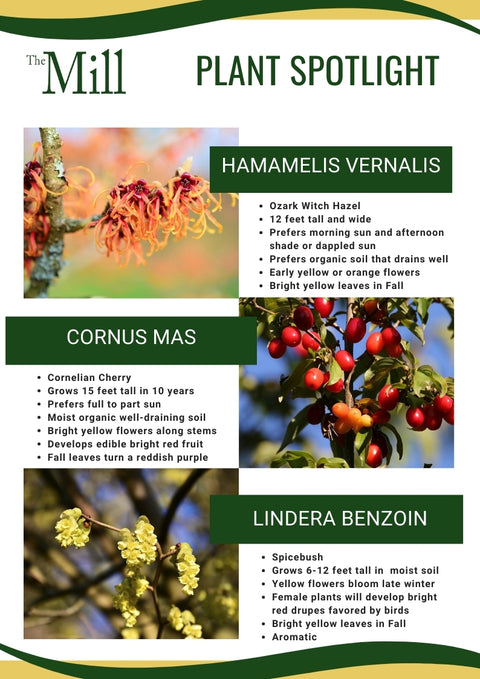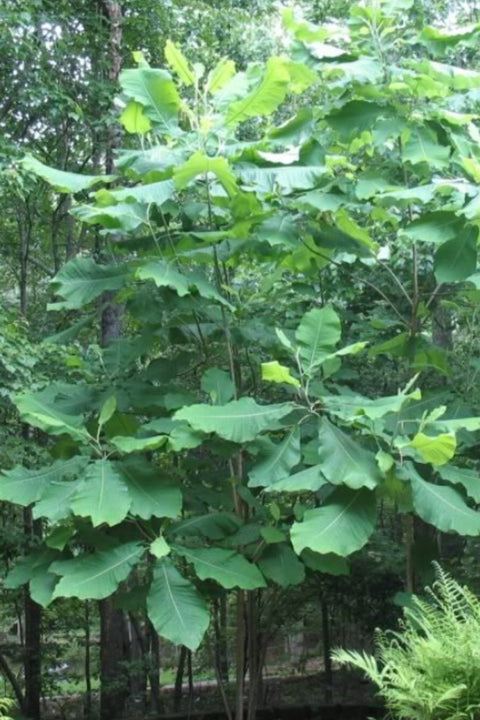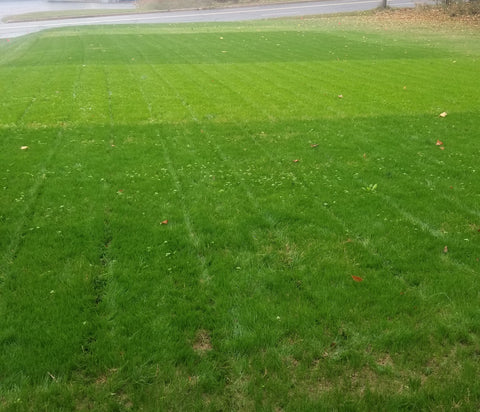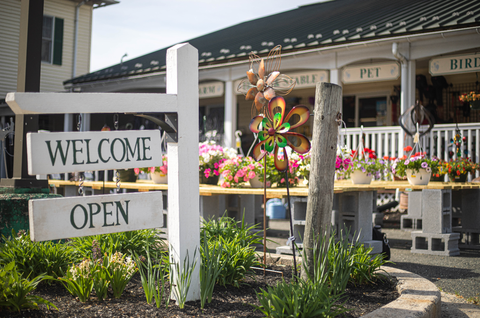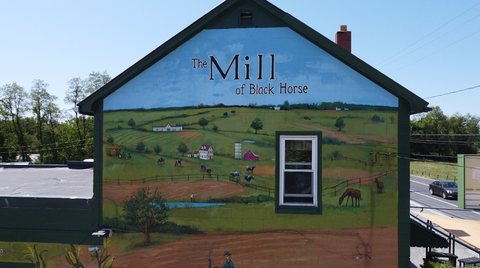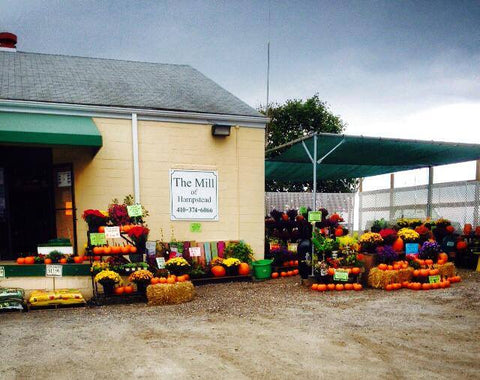Native Tree Spotlight - A Look at 3 Trees Providing
Late Winter Color in the Landscape
In March, when spring is trying to break free through the winter hold, it's the little things that bring anticipation of the coming season. Some of the simple pleasures to be found among plants include:
Hamamelis vernalis: A Burst of Orange
Hamamelis vernalis, also known as Ozark Witch Hazel, is ready to burst into bloom in March, adorning landscapes with vibrant burnt orange or yellow flowers. This large shrub, standing about 12 feet tall and wide, is a sight to behold. While the flowers are not large, they are numerous and on warm spring days, bees buzz around the blossoms. With its bright yellow leaves in the fall, it offers beauty year-round. It thrives in morning sun and afternoon shade, with well-draining organic soil being its preference. If this native starts to spread, you can let it form a grove or trim it to keep it as a single standout specimen. Remember, pruning is best done after flowering.
Cornus mas: A Splash of Sunshine
The Cornelian Cherry, or Cornus mas, graces gardens in March and early April with its cheerful clusters of bright yellow flowers along its stems. Originating from Europe and Asia, this small tree delights us not only with its blossoms but also with its edible bright red fruit that appears after flowering. These fruits ripen in late summer to early fall attracting many songbirds and can also be used in preserves or syrups. With its exfoliating bark and reddish-purple leaves in the fall, it continues to offer interest in the landscape through the seasons. This small tree grows to 15 feet tall in about 10 years and prefers full to part sun and moist, well-draining soil. If well-maintained, it tends to resist common dogwood ailments like anthracnose and dogwood borer. Fallen leaves can serve as natural mulch, especially with wet weather.
Lindera benzoin: A Haven for Wildlife
The Spicebush, or Lindera benzoin, is beginning to bloom in late winter to early spring. This native plant, known for hosting the Spicebush butterfly, adds a touch of fragrance to the air. Its bright yellow leaves in the fall and red drupes that attract migrating songbirds make it a favorite in many gardens. They can be found in bottomlands, near streams or along drip lines of larger hardwood trees. Keep an eye out for new plants, as they often self-seed, thanks to our feathered friends' help.
These plants not only offer bursts of color in late winter but also serve as versatile additions to any garden, whether as standalone features, hedges, or foundation plants. Their simple beauty reminds us to appreciate the wonders of nature, right in our own backyards.

